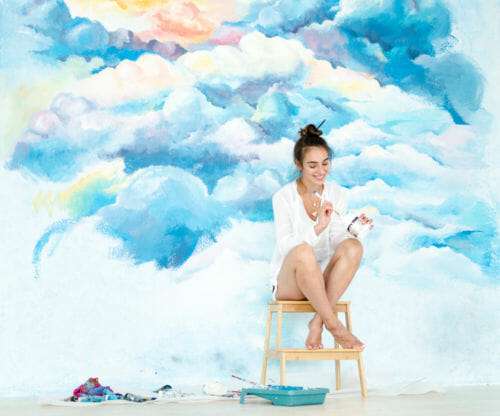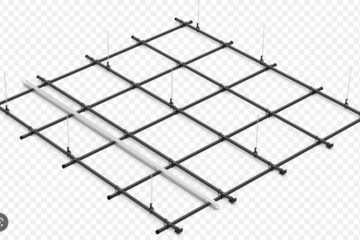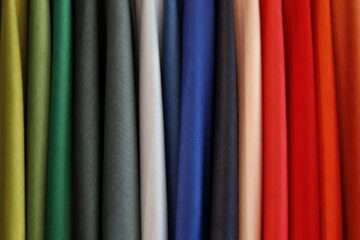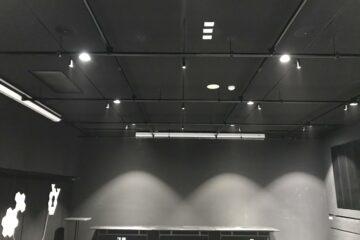Although making theatre sets are getting techier and techier by the hour, with the scrim projections as background or virtual reality plays already being used in several theatres worldwide, we still couldn’t completely let go of some traditional techniques. These techniques go back as early as theatre play itself. One of them is painting sceneries that are imperative for a play to convey its plot effectively. That being said, here are a few scene painting tips for theatre sets’ props and background.

Supplies
First thing first, you need the right painting supplies handy before starting a theatre set scenery painting project.
1. Paints
There is the specialized kind that is really made for painting stage props and backgrounds. They are more pigmented and textured hence the result is more defined. However, these kinds of paints can be more expensive than ordinary household paints. If you are on a budget, you can still use ordinary paints and make the difference with the application technique. Get more of the most used colors which is black and white, aside from using them frequently as is, they are also used for altering the shades of other colors. Needless to say, adding black makes a certain color darker and adding white makes it the other way around.
2. Tools
It’s always good to have a tool for everything you need. However, when getting started, you can always start with just the basic. Having an elaborate set of several tools can be quite confusing for a beginner. For theatre set painting, you can start with 3 to 5 ordinary chip brushes in various sizes, a roller brush, a sprayer (a garden sprayer can actually do the job) and a sponge. One thing you need to ensure though is that all your tools are cleaned properly after every use. A good maintenance can make even a cheap tool last a bit longer and available for another use.
Techniques
Here are some basic painting techniques for different types of texture you want to achieve on your theatre set:
Important: always have a base paint that is completely dry before putting on another layer of paints using any of these techniques.
1. Scumbling
Mostly used for painting wall (black & white) or sky (blue & white or blue & blue) background. It is basically dabbing 2 different colors in patches towards each other then eventually whisking them together. Be careful though, you don’t want to completely mix the color and produce a third color instead.
2. Spattering
This is a technique is used for adding tonality and texture to a wide flat surface. Dip only the tip of a wide brush and apply paint by flicking your wrist for the brush to come to an abrupt stop thus adding a more toned effect.
3. Dry brushing
Dry brushing can be misleading as there is a varied meaning of this term when it comes to painting. However, the most commonly used for props and background painting is when you use a stiff-bristled brush with a small amount of really thick paint. Just drag parallel lines across a base painted surface.
4. Stencils
We all know what stencil is, it is painting over cut-outs to achieve uniformed shapes and forms. You can use sprayer, sponge or stippling brush when doing stencils.
Conclusion
These are the basic techniques that can get you started. Of course, there are other more complex and elaborate painting styles and you can get more info on those on several resources. For specific brush information and comparison, you can check out www.dickblick.com and www.purdycorp.com for specific brush uses.
For other theatre set needs like the canvas to paint on, theatre curtains or theatre fabrics to complement your set design, contact Specialty Theatre to get reliable professional recommendation and services.


